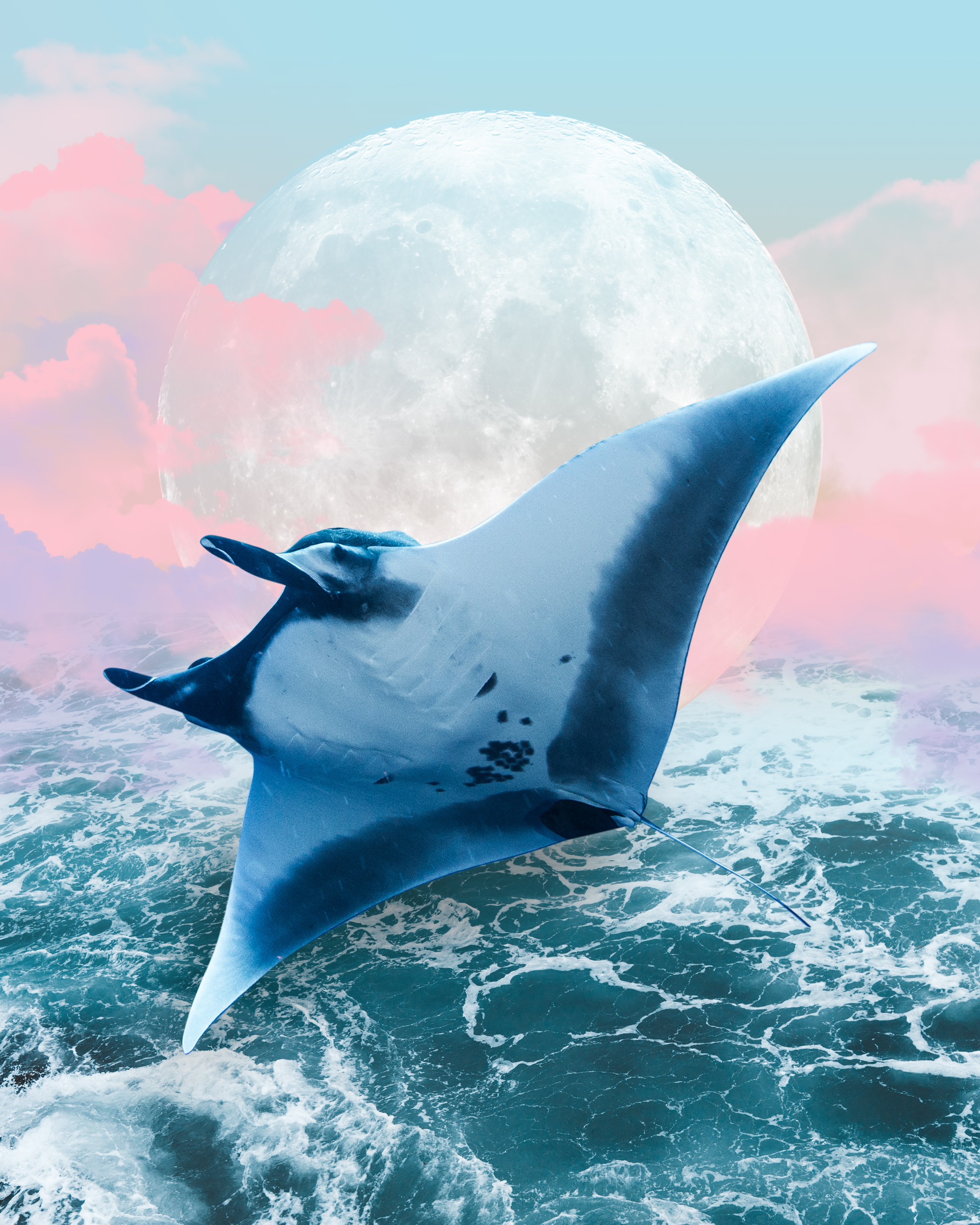MANTA: A division of the North Carolina National Guard Counterdrug Program
The Mid-Atlantic Narcotics Training Academy’s mission is to provide free law enforcement training to agencies throughout North Carolina. By providing free training on counter-narcotic and other transnational organized crime enforcement strategies we can enhance the ability of federal, state, tribal, and local law enforcement to target production, distribution, and transportation of illicit drugs throughout North Carolina.
Under the banner of MANTA INNOVATION, the technical team develops a range of groundbreaking solutions against plastic pollution among which a bold and original project: the Manta.This first-of-a-kind processing ship is designed to collect, treat and repurpose large volumes of floating plastic debris present in highly polluted waters, along the coasts, in estuaries and in the mouths of large. The Manta is a no-compromise racing board built for our team of pro riders to beat their competitors. AIR RIDE PLUS ’21. HARDCORE RACE BOARD. Manta offers free listings for businesses looking to get their name featured across the web. Control your business information including hours, products, locations,. Manta.com Response. Hello,., Thank you for bringing the issue to our attention. We want to find a solution for you as soon as possible. We tried to reach out via email privately.
UPCOMING TRAINING
***OTHER IN-PERSON AND VIRTUAL TRAINING OPPORTUNITIES FROM NATIONAL GUARD COUNTERDRUG***
Distribution
Worldwide in tropical to warm temperate latitudes
Ecosystem/Habitat
Coastal to open ocean (pelagic)
Feeding Habits
Filter feeder
Taxonomy

Order Myliobatiformes (stingrays and relatives), Family Mobulidae (mantas)
Share
The giant manta ray is the largest ray and one of the largest fishes in the world. Reaching widths of up to 29 feet (8.8 m), the manta rays are much larger than any other ray species. For many decades, there was only one known species of manta, but scientists recently divided that species into two: the giant manta ray, which is a more oceanic species; and the reef manta ray, which is more coastal in nature.
Despite their very large size, giant mantas are similar to the largest fishes (whale shark and basking shark) and the largest mammals (blue whale) in that they eat tiny plankton. They constantly swim along with their large mouths open, filtering plankton and other small food from the water. To aid in this strategy, giant mantas have specialized flaps, known as cephalic lobes, which help direct more water and food into their mouths.
Giant manta rays are found worldwide in tropical, subtropical and temperate waters and are commonly seen offshore, in oceanic waters, and near productive coastlines. Giant mantas are known to undergo long migrations and may visit colder waters for short periods of the year. Although giant mantas are typically solitary animals, they do aggregate to feed and mate. Giant manta rays have one of the lowest fecundity of all elasmobranchs, typically only giving birth to one pup every two to three years. Due to their broad range and sparse distribution across the world’s oceans, there are still gaps in scientists’ knowledge of giant manta ray’s life history. There are reports of giant mantas living to at least 40 years, but little is known about their growth and development.
The most significant threat to giant manta rays is commercial fishing, both being targeted and caught as bycatch. Although conservation measures have been adapted in many places, demand for manta and other mobula rays’ gill rakers has increased dramatically in Asian markets. Fortunately, their interest to SCUBA divers and other tourism operations makes them more valuable alive than to fishers. This development may afford the giant manta more protection, but their value as meat and for traditional medicinal purposes continue to pose a risk to this species. Therefore, it is important for scientists to continue to monitor giant manta population trends to ensure that they do not continue to decline and to determine if other localized species might exist.
1. Giant manta rays are the largest rays in the world with wingspans up to 29 feet (8.8 m) wide and weights up to 5,300 pounds (2,404 kg).
2. Manta rays are the only vertebrate animals with three paired appendages: two wing-like pectoral fins; two sets of gills; and two lobes that extend from the mouth and funnel in water.

3. Giant manta rays sometimes do somersaults (barrel rolls) while feeding to maximize their prey intake.
4. Giant manta rays can dive more than 3,280 feet (1,000 m) underwater, but typically feed only 33 feet (10 m) deep.
5. Giant manta rays give birth to one pup every 2 to 3 years. 6. Giant manta rays can live up to 40 years.1
7. Giant manta rays have the biggest brains of any fish studied so far.2 They use that brain power to learn, exercise their memory, distinguish between objects and even recognize themselves in the mirror.3
Oceana joined forces with Sailors for the Sea, an ocean conservation organization dedicated to educating and engaging the world’s boating community. Sailors for the Sea developed the KELP (Kids Environmental Lesson Plans) program to create the next generation of ocean stewards. Click here or below to download hands-on marine science activities for kids.
References:
1NOAA Fisheries
2The Open Anatomy Journal
Manta Small Business
3Journal of Ethology
Pages
Petitions
Featured Campaign
We are restoring the world’s wild fish populations to serve as a sustainable source of protein for people.
More Campaigns
View AllCampaigns
Featured Petition
Giant Manta Ray
Sign our petition to tell GrubHub to take shark fin off the menu now – before the ocean’s most iconic predators disappear.
Manta Corp
More Campaigns
View All